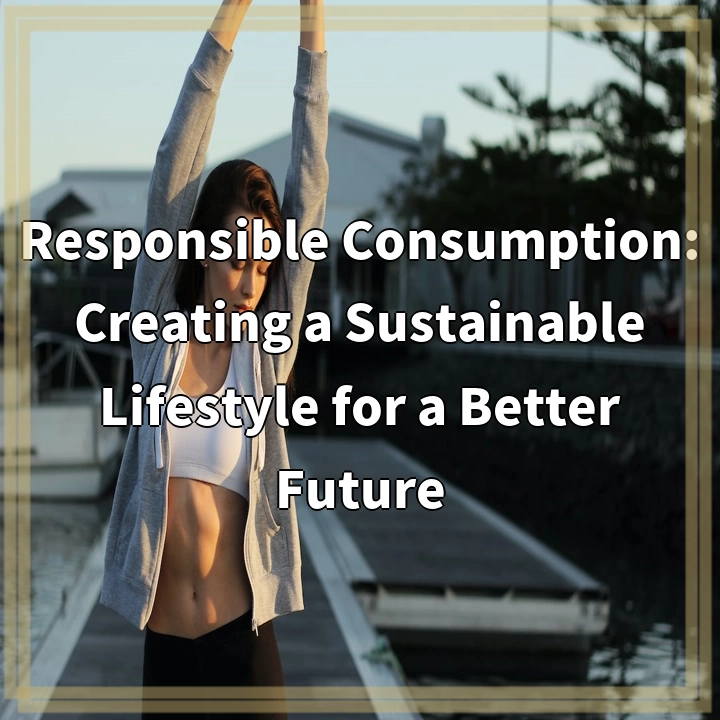
What it is:
The Path to Sustainability in Fine Arts refers to the efforts and practices implemented in the art industry to reduce its environmental impact and promote sustainable practices. As artists, art institutions, and art enthusiasts become more aware of the environmental challenges we face, there is a growing movement towards embracing sustainability in the creation, presentation, and preservation of art.
Sustainable practices in fine arts encompass a range of considerations, such as resource conservation, waste reduction, responsible material sourcing, energy efficiency, and the promotion of environmental awareness and education. It involves adopting eco-friendly materials and techniques while minimizing the negative environmental consequences associated with artistic production. The Path to Sustainability in Fine Arts is a multifaceted journey that strives to harmonize artistic expression with environmental responsibility.
Real-world problems:
The field of fine arts faces several challenges when it comes to achieving sustainability. Some of these real-world problems include:
1. Toxic materials and chemical waste:
Traditional art materials often contain toxic substances that can be harmful to both artists and the environment. Paints, solvents, and fixatives, for example, may contain volatile organic compounds (VOCs) that contribute to air pollution and health issues. Proper disposal of these materials is also crucial, as they can contaminate soil and water if not handled correctly.
2. Energy consumption:
Artistic production, especially in larger-scale installations and exhibitions, can require significant energy resources. The use of lighting, climate control systems, and audiovisual equipment contributes to the carbon footprint of art spaces. Finding ways to reduce energy consumption and increase efficiency without compromising artistic vision is a critical challenge.
3. Excessive waste generation:
Artistic processes often generate substantial amounts of waste, including packaging materials, unused supplies, and artwork remnants or rejects. This waste can end up in landfills, contributing to environmental degradation. Finding innovative ways to minimize waste generation and promote recycling or upcycling within the art community is an ongoing concern.
4. Transportation and shipping:
Art exhibitions that travel across cities or countries require transportation, which contributes to carbon emissions and environmental impact. The logistics of shipping artwork while maintaining its safety and integrity can pose challenges in finding sustainable solutions.
5. Lack of awareness and education:
One of the fundamental problems in the path to sustainability in fine arts is the lack of awareness and education in the industry. Many artists and art institutions may not be fully informed about the environmental impact of their practices or the available sustainable alternatives. Raising awareness and providing educational resources is crucial to drive positive change.

Solutions to Real-World Problems in Achieving Sustainability in Fine Arts:
1. Use of non-toxic and eco-friendly materials:
By embracing non-toxic art materials and supplies, artists can reduce their environmental impact and protect their health. Water-based paints, natural pigments, and recyclable or sustainable materials offer alternative options that still allow for creative expression.
2. Energy-efficient practices:
Implementing energy-saving measures in art spaces can greatly reduce their carbon footprint. This can include using LED lighting, improving insulation, using timers or motion sensors for lighting and HVAC systems, and exploring renewable energy sources such as solar panels.
3. Waste reduction and recycling:
Artists and art institutions can adopt practices that minimize waste generation. This can involve proper storage and reuse of materials, recycling programs for paper, plastics, and other recyclables, and participating in or organizing art supply swaps or sharing platforms.
4. Sustainable transportation and shipping:
Efforts can be made to reduce the carbon emissions associated with transporting artwork. This can include selecting more sustainable shipping methods, optimizing packaging to minimize materials and weight, and exploring local or regional exhibition opportunities to reduce long-distance transportation needs.
5. Education and awareness:
Promoting education and awareness about sustainable practices in fine arts is crucial. This can involve organizing workshops, providing resources on eco-friendly materials and techniques, partnering with educational institutions and art organizations to integrate sustainability into curricula, and showcasing successful case studies to inspire others in the art community.
By implementing these solutions and promoting a shift towards sustainability, the path to a greener future in fine arts can be paved. By coming together as artists, institutions, and art enthusiasts, we can create impactful change while still allowing artistic expression to thrive.















